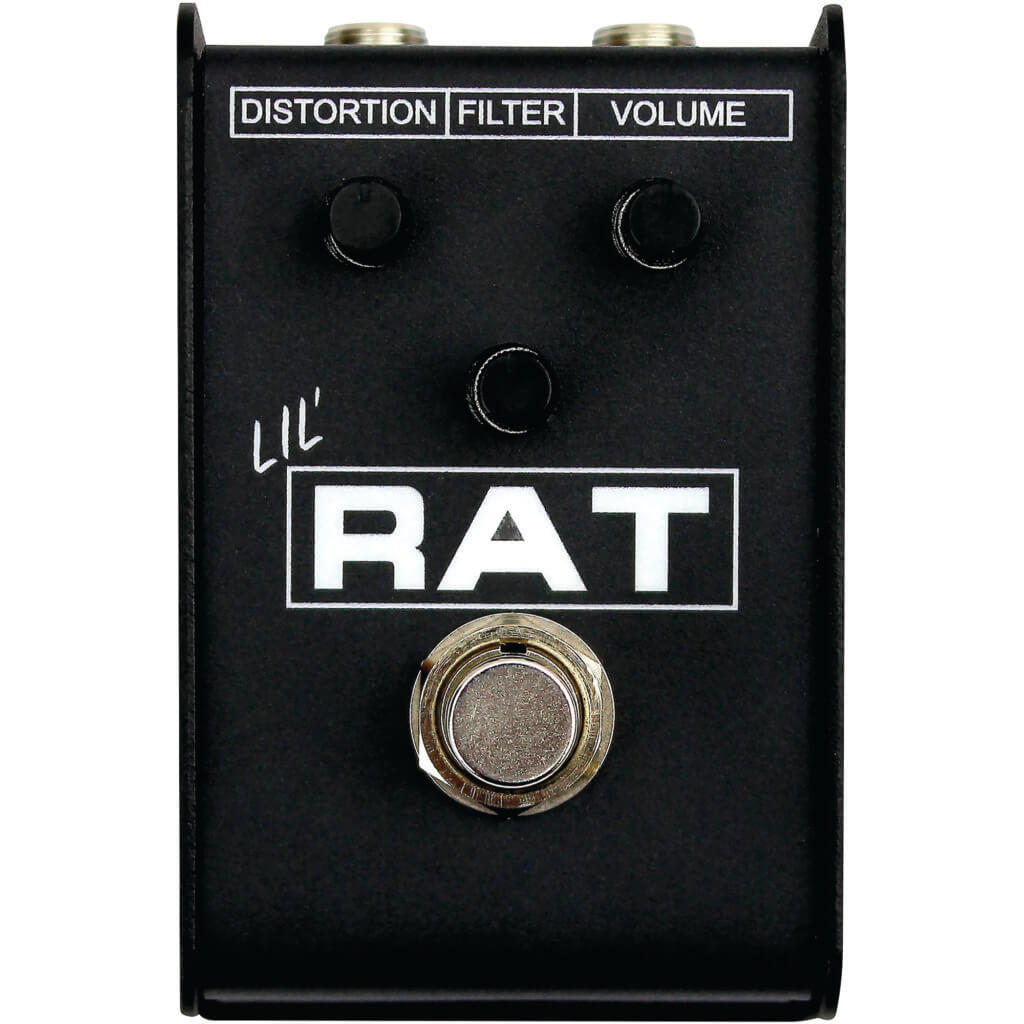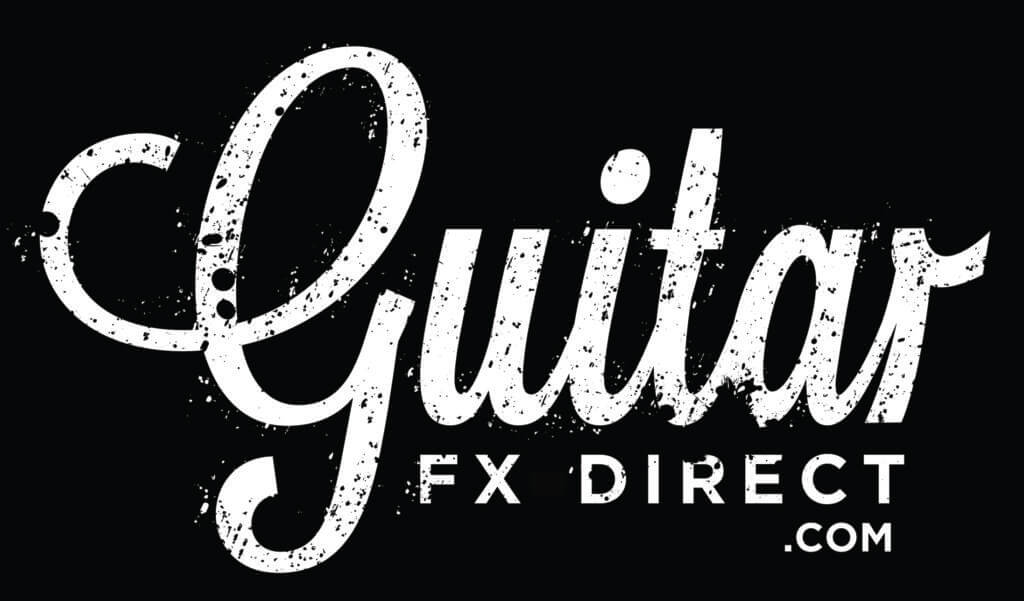OK, pedal newb, listen up! Making music should be fun! So don’t let any jaded a-holes talk down to you, and especially don’t let anyone call you ‘newb’ – even us. It’s rude and gatekeeping in music is stupid and childish.
Anyway, let’s talk PEDALS! Let’s say you are starting from scratch and want to hit each and every effect category, so you are never without that crucial stompbox when inspiration strikes. I mean, who knows when you’ll want to flange the heck out of that rippin’ lead, amirite? What are our top picks for each fx category? Well, glad you asked. We put together this very article to address that question.
Now, while this will generally follow the order in which pedals typically go on a board, there are no rules when it comes to pedal placement, just use your judgement (and ears) to put things where they fit and sound best in YOUR chain. That said, we do have some tips on using your amp’s fx loop and the best order for fx elsewhere in the issue, so do check those out. Without further ado, the envelope please…
The Pedalboard
Don’t be a lazy slob and just plop your pedals on the floor. It’s messy, dumb and makes setups and teardowns a nightmare. Get yourself a decent pedalboard with MORE SPACE THAN YOU THINK YOU NEED, because…well, we’re all gear junkies here and there’s always that ‘one more’ pedal that somehow finds its way home. We strongly recommend the Pedaltrain lineup, as their boards are rugged, durable and the slat-based layout makes cable routing and power management super easy. We’ve opted for the mega-king-sized Classic Pro because it comes with all the room we need for our ridiculous set up, plus an awesome flight case with compartments for our cables and accessories.
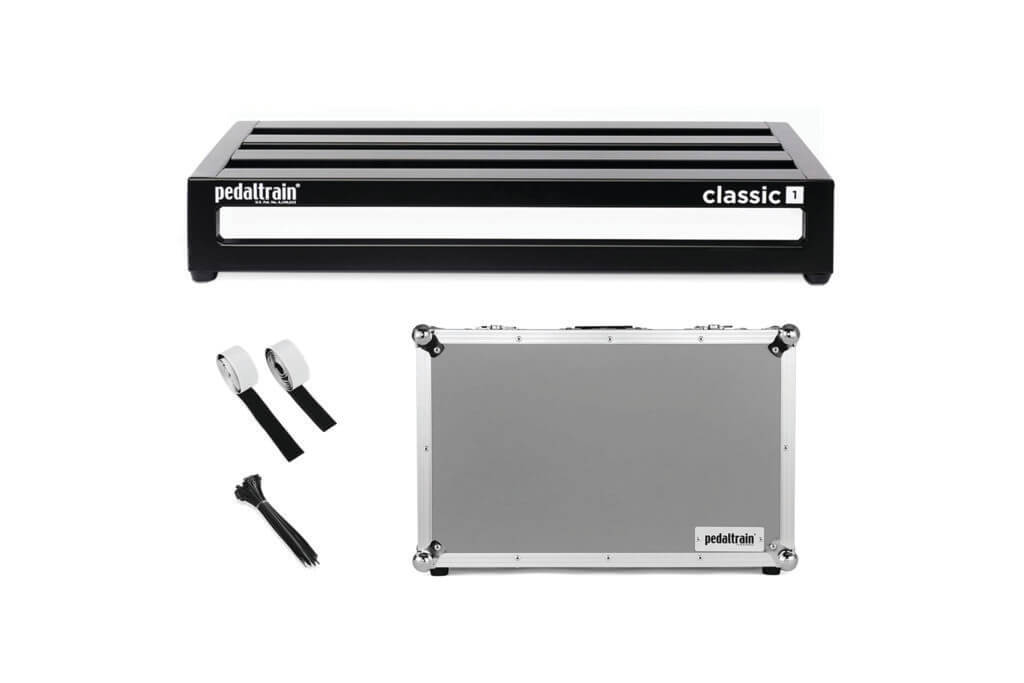
Now, if you’re doing a small fly-in date and don’t want to lug this stuff on the plane, you can opt for one of their various other sized boards, there’s something for everyone’s needs. BEST OF ALL, they have an absolute KILLER pedalboard planner, so you can visualize in real-time how your pedal collection will fit on any of their pedalboards, so you never make the wrong choice.
Power Supply
Don’t forget the power! We put this section upfront because you should think of it BEFORE you plan out your board. How many pedals do you have, and how many do you reasonably think you will END UP WITH in the future? That’s how much power you will need. Gone are the days of 9v batteries and the endless frustration of hunting down that one dead pedal on your board. Power it all properly, and for our needs, we love the stuff from Walrus Audio. We use the Phoenix power supply because we can power up like 15 pedals from it, including our power-hungry Strymon beasts using the extra AC outlets. It’s got switchable power options for all your various needs, and it fits nicely on top of or under-mounted on just about any modern pedalboard. Seriously, make sure your power game is point before you even think of hitting the studio or stage.
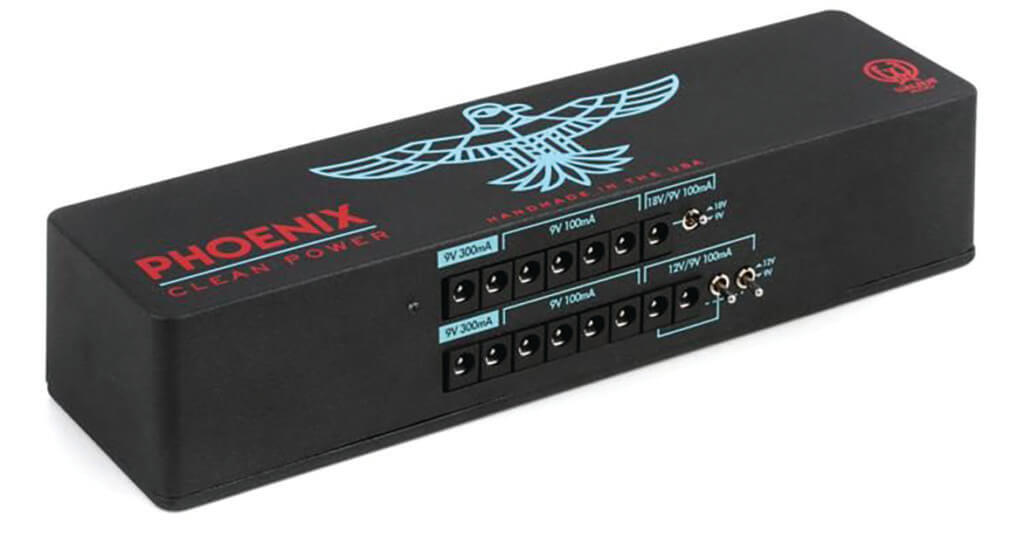
Cables
You might not give a lot of thought to cables, but if you want a neat and tidy board, get cables that are the RIGHT SIZE. Please don’t string together a killer setup using 10-ft cables in between each pedal. Ernie Ball has affordable, short-length cables with FLAT jack ends that’ll allow you to squeeze pedals closer together saving space. The less cable length in total on your board, the less tone-suck over the entire run, at least so says the experts.
Tuner
Don’t be a dork: tune your guitar, and not with one of those clip-on jobbies you use at rehearsal. Get a real tuner for gigs — we love the TC Electronic Polytune 3 because it’s the easiest one to read on stage in low-light scenarios, it supports multiple tunings, it offers true or buffered bypass (read all about bypassing elsewhere in this issue) and it should darn well be the first thing on your board!
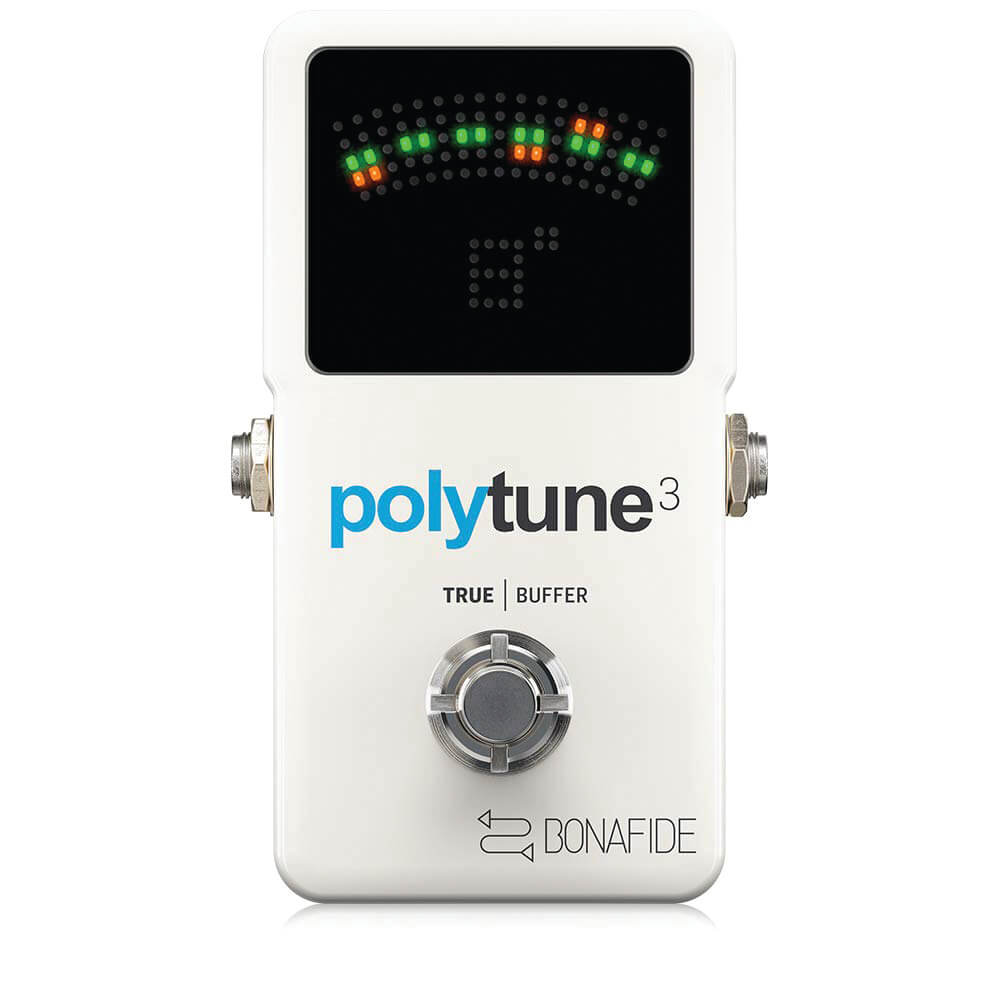
Compressor
If you’re like us, you may not think you need a compressor, which is why we actually dig the Keeley Compressor Mini – it takes up virtually no space on your pedalboard and it’s dead simple to use: just two knobs to control volume and compression. Compression is one of those under loved pedals, because it’s not always immediately noticeable as an “effect,” but it does do the job of evening out your signal, and the Keeley mini can also give a nice clean boost, if needed, so it could be one of those “always on” pedals you didn’t know you needed (again, just like us). Just something to think about…
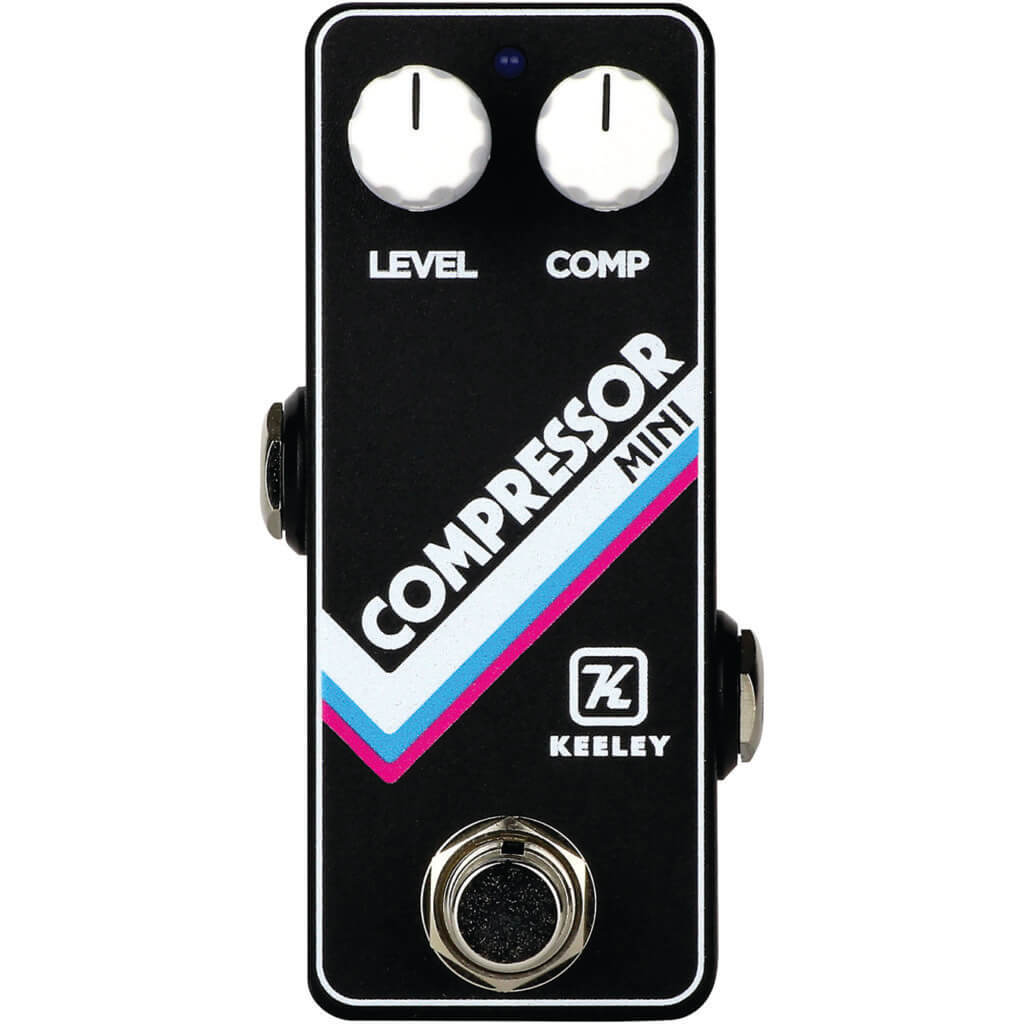
Wah
Get a Crybaby and be done with it. Don’t overthink this one…
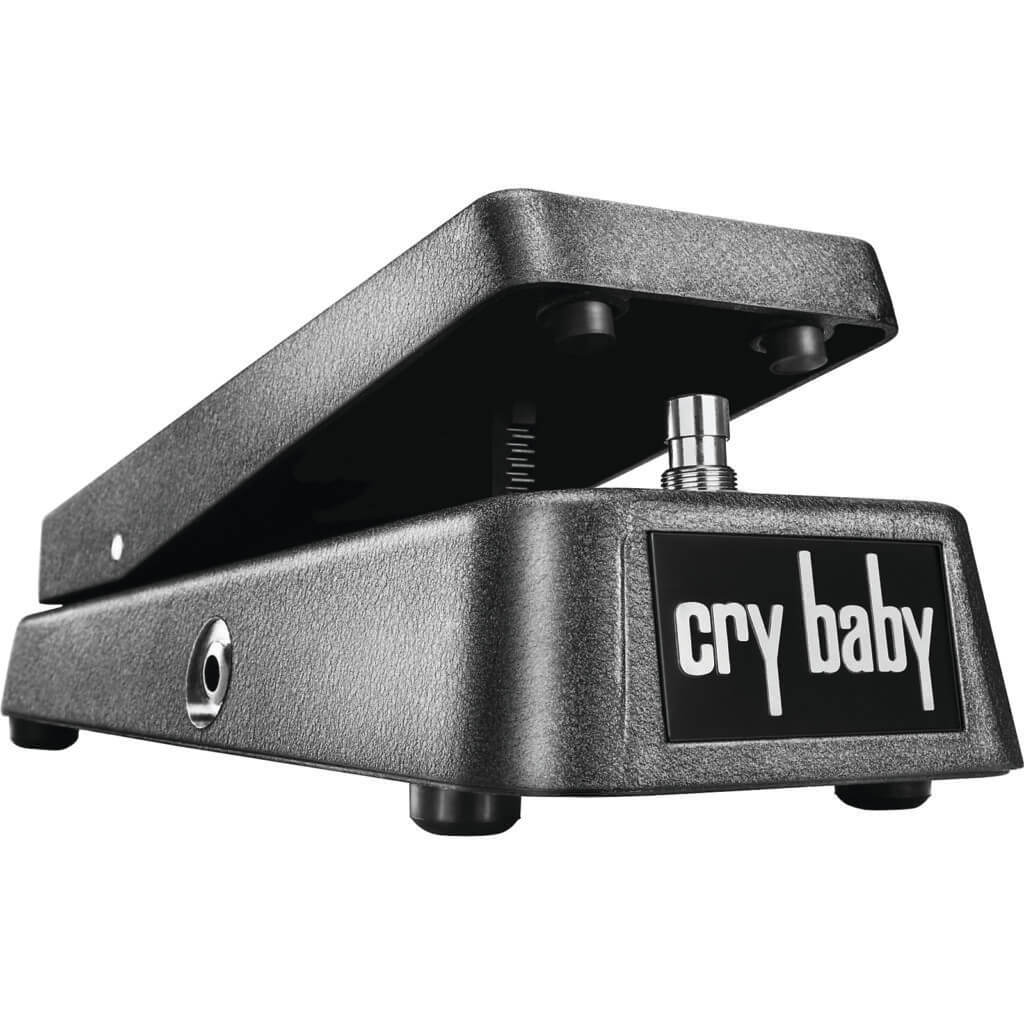 Envelope Filter
Envelope Filter
OK, trust us. You might not think this is an essential pedal, but you may just fall in love with the idea of the envelope filter if you drop a few bucks on a used DOD 440 re-issue. If wah is kinda your thing, but you’re not the footmaster that, say Slash or Kirk Hammett is, then let the pedal do all the work. It’s not really an auto-wah in the traditional sense, but you can set the sensitivity of the envelope filter to follow your picking dynamics, which can add a whole new dimension to your lead lines (both clean and driven). Give it a shot and unleash your inner Dead….
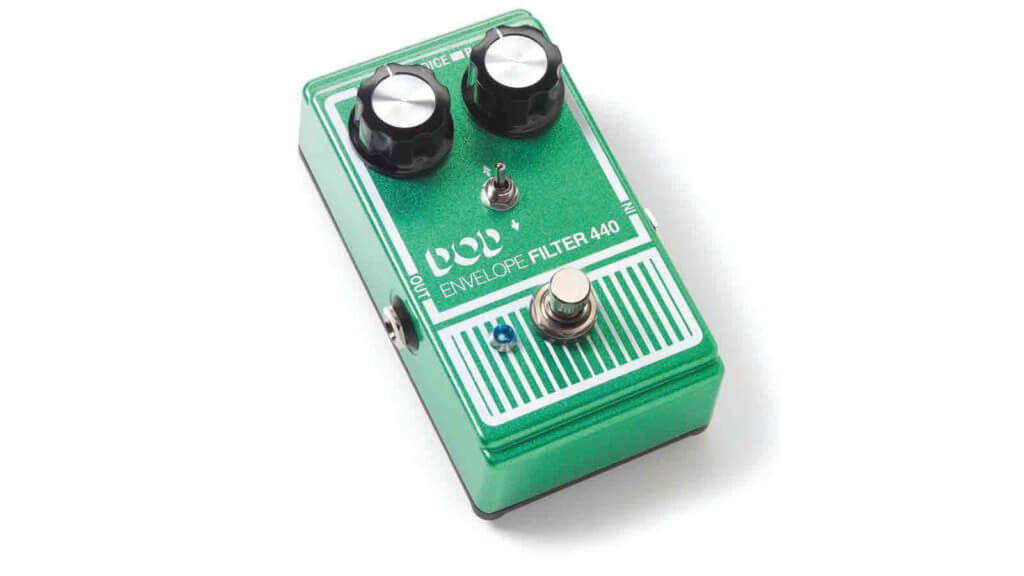
Drive
If you’re not primarily getting your drive tone from your amp (which is what we typically prefer), then consider the JRAD Archer series. We prefer the Ikon (it’s the gold one) because it does that Klon thing, that boost thing, that classic overdrive thing, and every-darn-thing in between with buttery goodness. It’s our favorite drive ever, and you should just own one. It even gets pretty gnarly if you push the gain to the max (it also gives a considerable jump in overall volume, so be careful when you first dial it in) so it can be your go-to distortion pedal as well. Go ahead, order one now — we’ll wait…
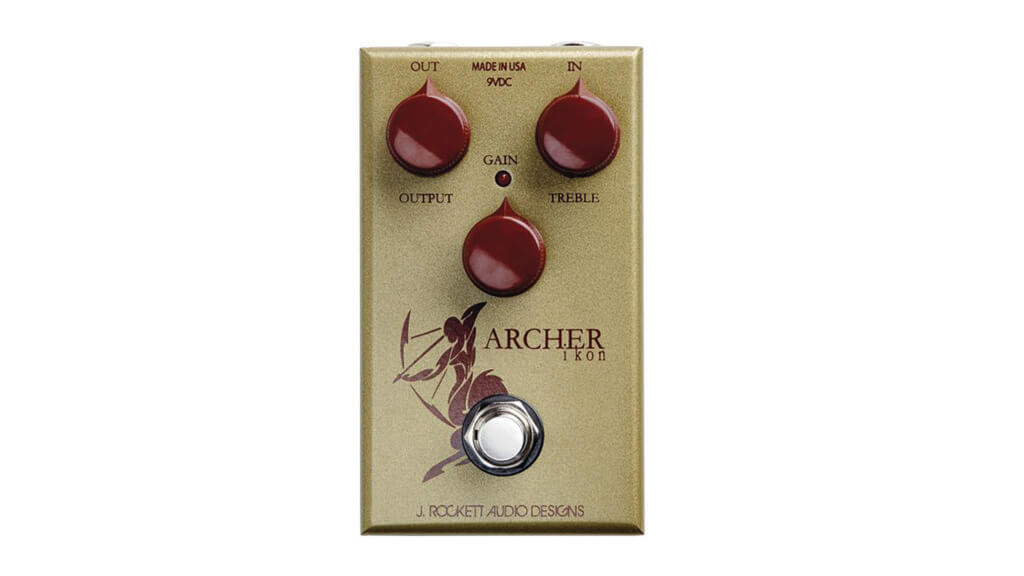
Fuzz
Here’s where things get fuzzy…ah, see what we did there? In a truly boring fashion, we’re going to recommend the obvious – get yourself at least one flavor of the Big Muff and call it a day. Our choice would be the Nano version because it fits most pedalboards better than the ludicrously-sized originals, but also give some real consideration to the op-amp reissues like the orange Billy Corgan model that came out a few years ago – they sound HUUUUGE. Don’t bother trying to restore an original unless you’re a freak like the folks at JHS (he has the box, btw). Sure, there are a lot of boutique fuzz offerings out there, and we LOVE the ones from BAE, but if you can only have one, make it count…then get the BAE anyway and lie to your accountant when they ask where all your money went. We won’t tell…
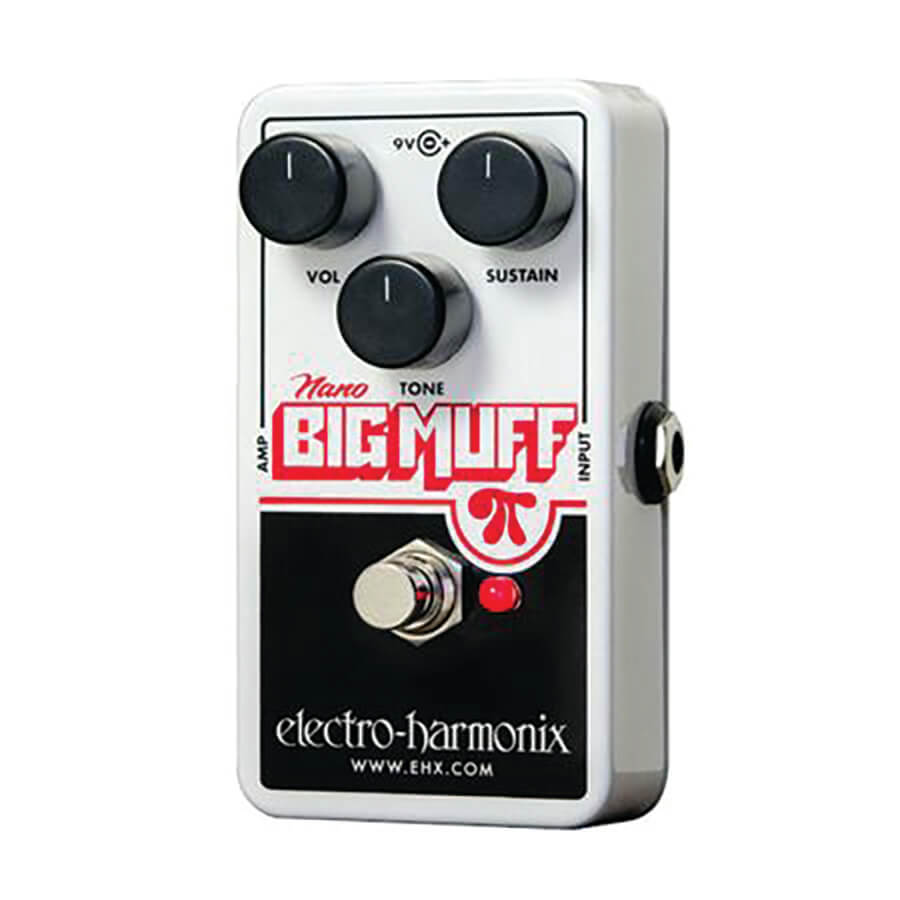
Distortion
Say it with me: RAT, RAT, RAT. Gotta have a RAT in your collection, it’s the sound of rock and roll! Every player you loved who kicks on a distortion pedal probably engaged a RAT at their feet at some point or another. There’s good reason the freaks (hey, we should probably stop calling them that because they are truly lovely people) at JHS obsesses over the RAT and its various incarnations and call it the best distortion ever. It is. It’s gnarly, fuzzy, aggressive and beautiful all at the same time. The new Lil’ RAT saves some space but doesn’t compromise on the circuitry inside, meaning less space taken up on your board but still an enormous RAT sound. Get one.
Phaser
Pair it with a distortion and you’ve entered full-blown EVH territory. Set it on low on your clean tone and add depth and dimension to your sound. Go full-on with the knobs and drip in watery chorus-like goodness. The Phase 90 is a classic for a reason. It’s got one knob so it’s hard to screw it up, even for folks like us. Set it, forget it, and kick it on when needed. It’s one pedal we never want to do without.
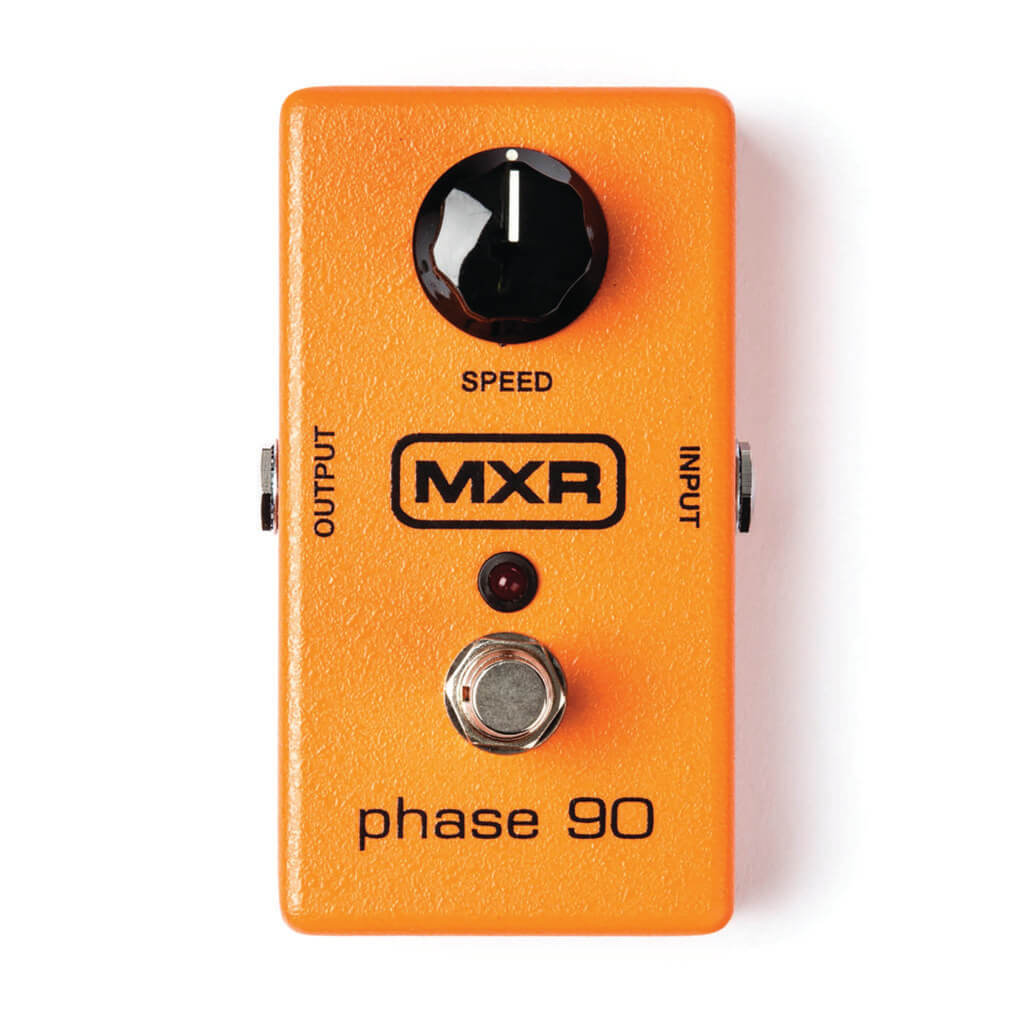 Chorus
Chorus
Believe it or not, we’re not gonna recommend the obvious blue BOSS chorus. No, we really fell in love with the TC June-60 a few years back. It’s a BBD-style old school chorus that mimics the look, feel and sound of the classic built-in chorus on the Juno line of synths from Roland back in the day. It’s lush (x2 if you engage both buttons) and dead-easy to use. Some people complained about the original version, so there’s been a revised model 2.0 that’s supposed to be better, but if you can get your hands on either one, they’re both cheap and super effective. They’ll even do stereo, which is a bonus (well, 2.0 does it correctly, apparently). And hey, gotta dig any pedal with wood paneling, right?
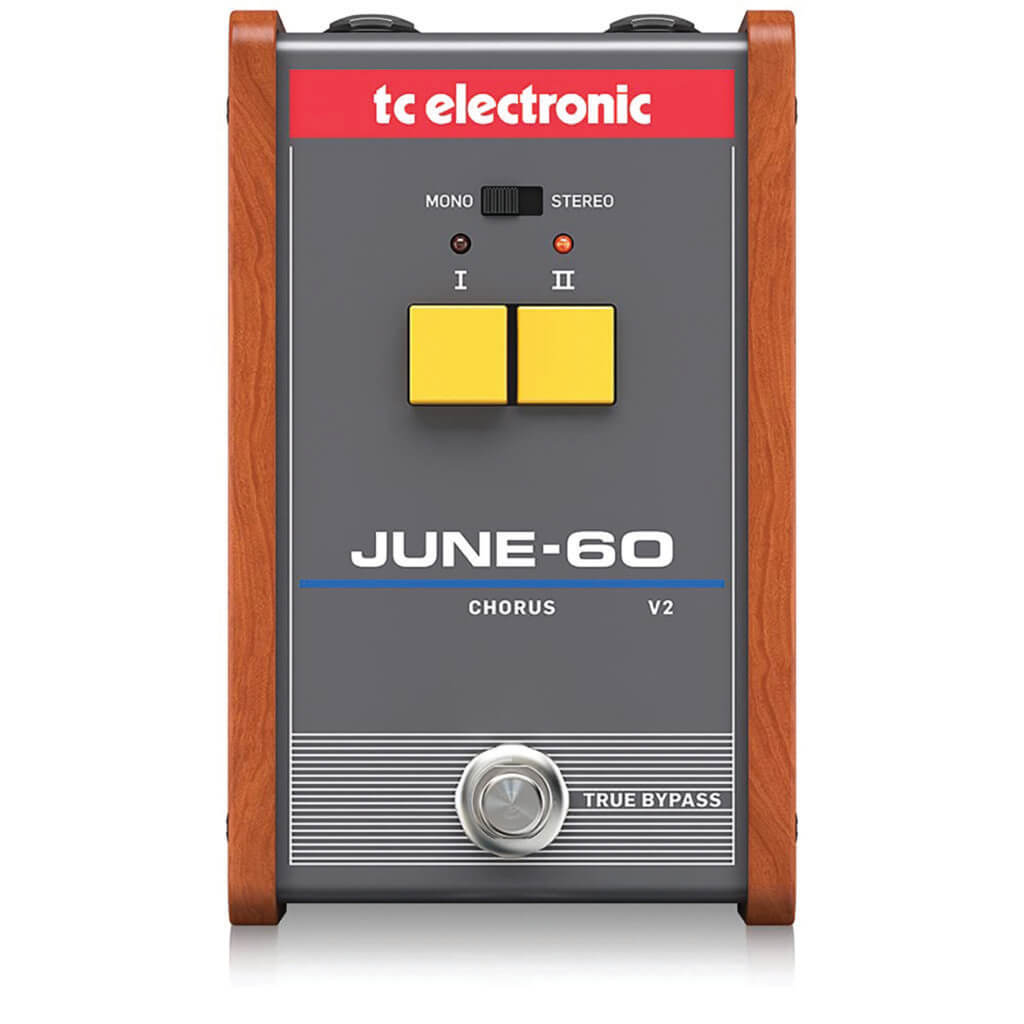
Tremolo
No, you don’t need one. Yes, they are super fun. No, The Smiths wouldn’t be anywhere without one (just kidding). If you’re gonna dabble in the trem world, may as well do it right. Our favorite tremolo pedal of all time is the Kodiak from JHS. It’s got so many modes and options, and tap capabilities that it may sound overwhelming, but it’s totally whelming when you sit down to dial it in. It’s got every rhythmic variation you could want, and even with all the options, you can easily set it up in a matter of seconds and integrate it in your rig, no problem. We do recommend putting it in the fx loop, if possible, only because it can get a bit muddy directly in front of the amp. BONUS: it’s got a bear on it – RAWR!!
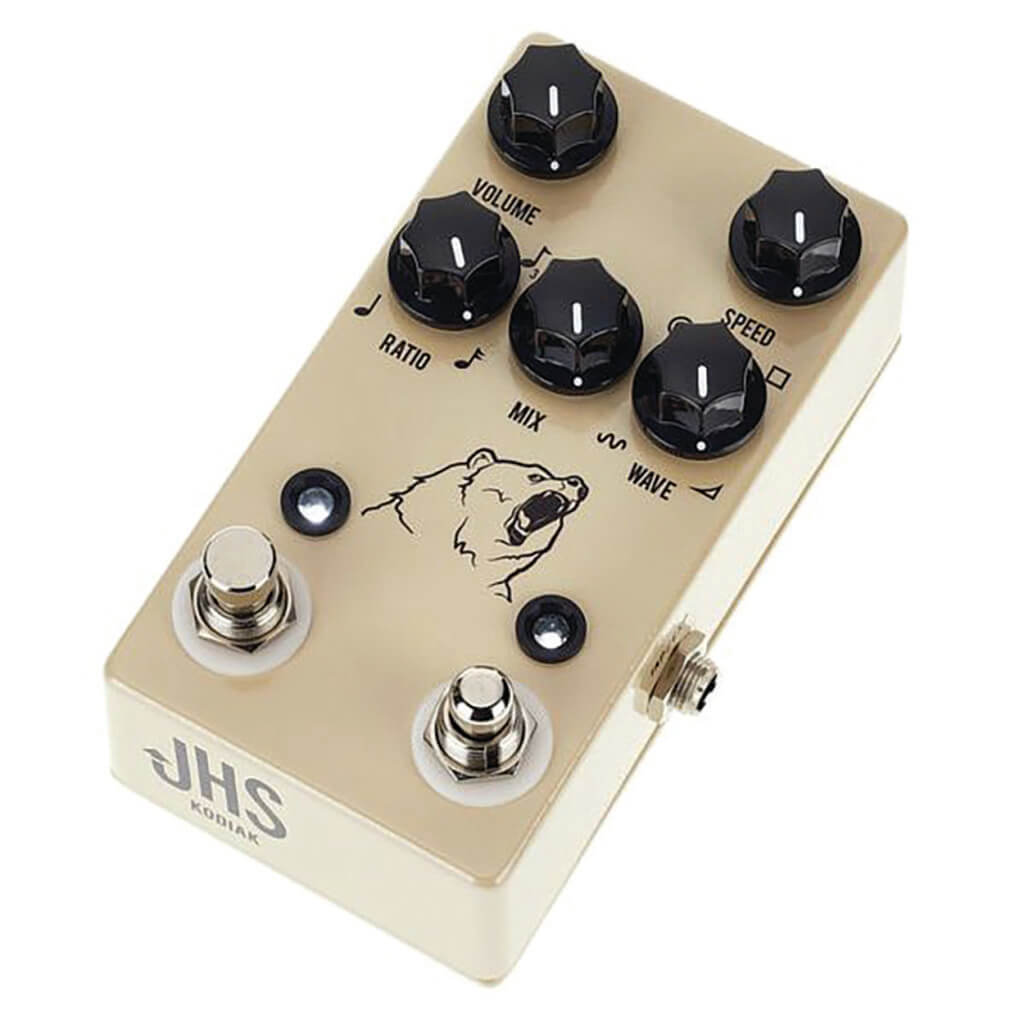
Flanger
If you’ve got a phaser in the rig, you may think a flanger is overkill. And that’s where you’d be an idiot, because more is better, haven’t we taught you anything? Now, this is gonna sound totally off-the-wall for a recommendation, but one of our favorite flanger pedals ever is the ultra-cheap, plastic-enclosure ROCKTEK Flanger from the 80s. It’s ugly, purple, built cheaply and bound to fall apart, and it’s wonky as all get out when you start turning knobs, but there’s this magical sweet spot somewhere in the middle of all the knobs’ ranges that NAILS the absolute perfect flanger sound. It’s like a subtle jet engine mixed with swirly speakers floating around your head in a mad dash – and it has no right to sound this glorious for such a garbage pedal. No, there’s no rational reason to recommend a 30+ year old flanger pedal that’s no longer in production and was likely thrown away by most owners back in the day, but we never said pedal collection was a rational business, now did we?
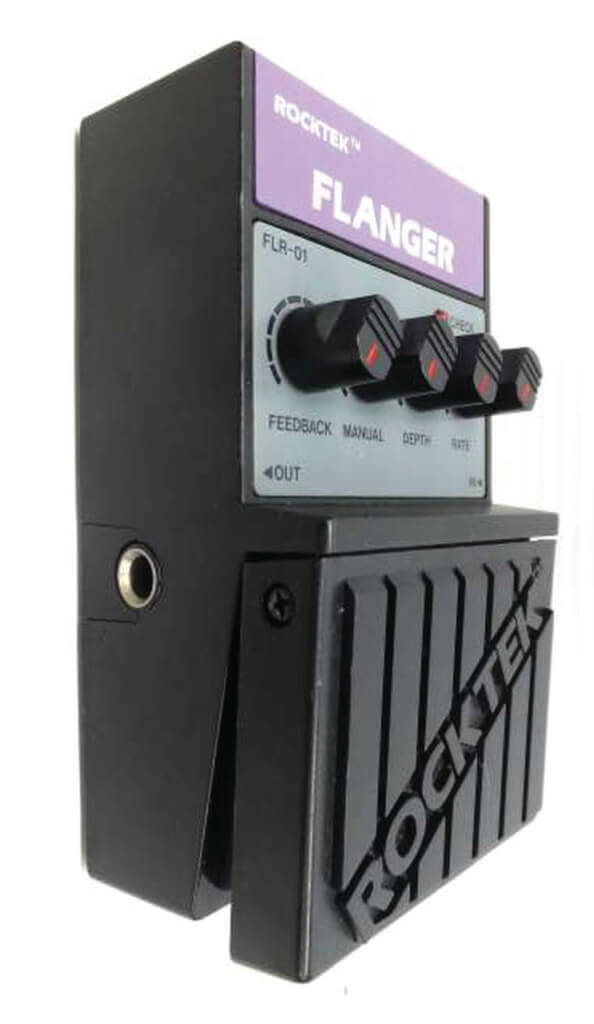
Analog Delay
CARBON COPY…COPY…COPY…COPY. The MXR greenie is the perfect analog delay pedal for under a hundo – it breaks up just like you’d want, trails off into lo-fi repeats and thankfully comes with a handy modulation button you can engage to get even more texture. This is amazing on cleans, less amazing (in our opinion) on dirty stuff, and more amazing in the fx loop.

Digital Delay
If you need something more clinical, the go-to for us has been and always will be, the BOSS DD-3 Digital Delay. Get instant U2 vibes and start sounding a lot more proficient than you are by dialing in the right tempo and playing “between” the notes, just like The Edge. Trust us, once you pick up on this trick, you’re going to overuse it so much your band kicks you out, you lose your apartment, your job, your significant other and all you’ll have left in this lonely world is a small, triplet-inducing grey box fused to your cold, dead hands…Enjoy!
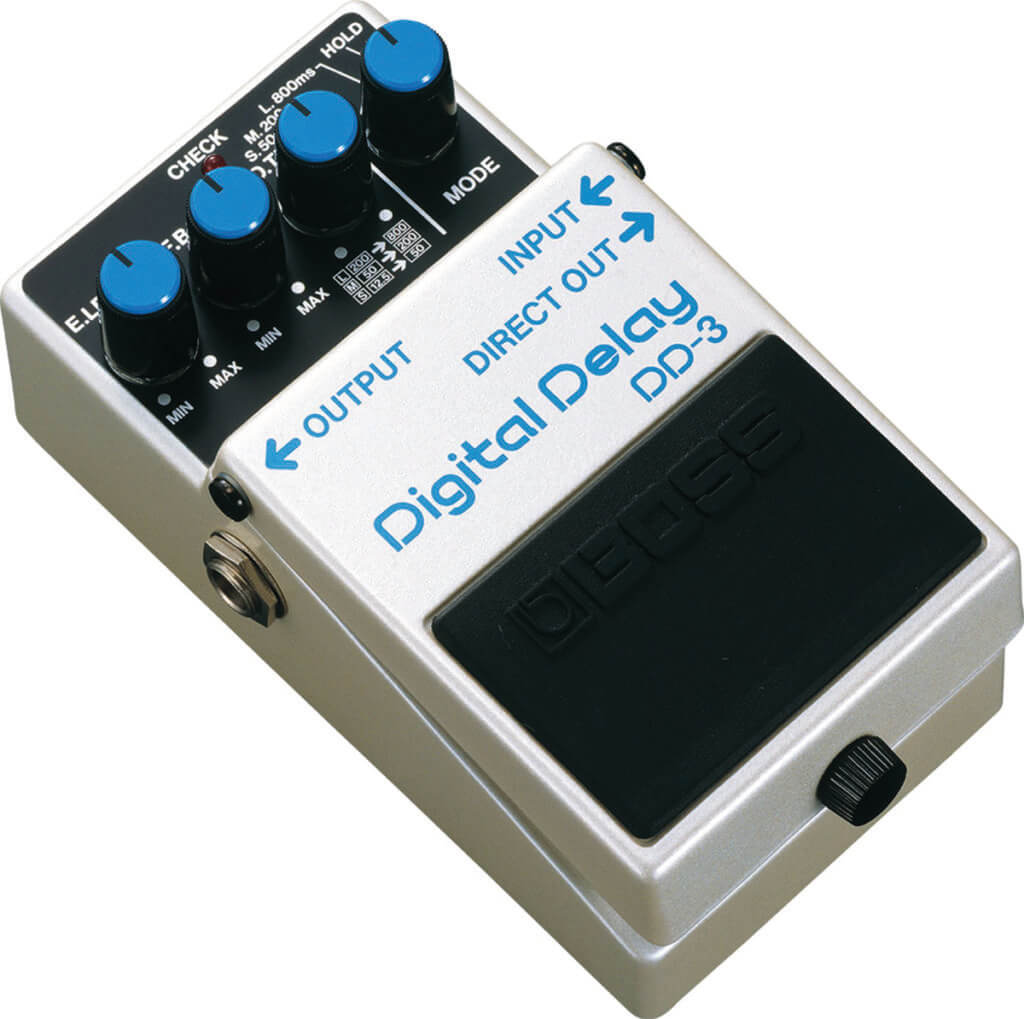
Reverb
Go big or go home, right? While we typically gravitate towards our amp’s built-in spring reverb, investing in a great reverb pedal does open up a whole new world of reverberation styles. You can’t do church hall openness with a spring tank, no matter how hard you try. But the real killer app on the Strymon Bluesky is the shimmering modulation you can add to your sound. It mixes in an instant ethereal quality to your arpeggios and chords and is worth the price of admission on its own. Even if you completely disregard all the on-tap reverb options on the Bluesky, you’ll want to keep it just so you can listen to that shimmer for hours on end. Just be sure to place it in the fx loop of that shimmer will be shimmering mud.
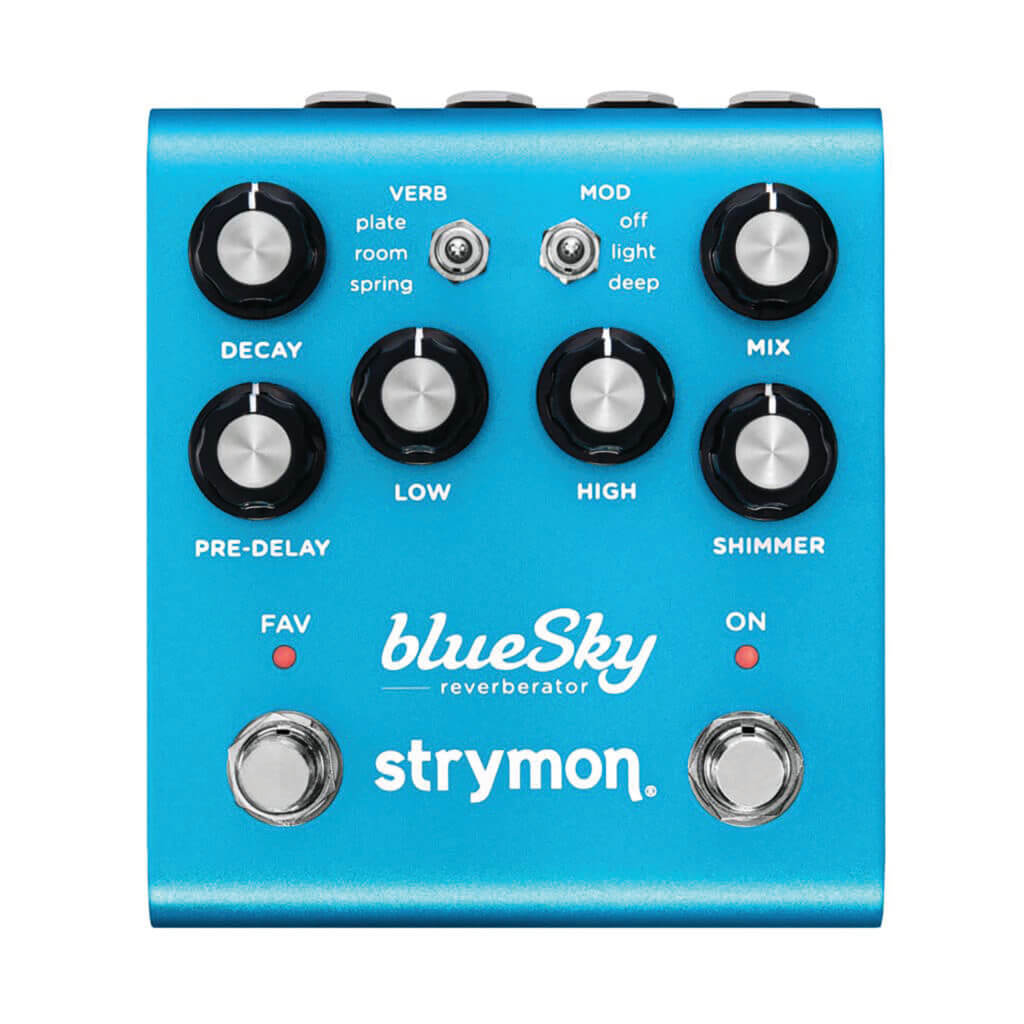
So, that brings us to the end. We hope we’ve inspired you to build the biggest, most ridiculous board you can afford – just don’t blame us when the credit card bill comes at the end of the month. Happy pedalin’…
A WORD OF THANKS TO OUR SPONSOR
A special note of thanks to Guitar FX Direct, our official retail partner for the special Pedal Issue.
Guitar FX Direct is an online retailer of boutique guitar effects pedals that ships worldwide. We partner with manufacturers who are passionate about producing pedals that are designed both to sound great, and not compromise on materials, quality, and craftsmanship. Whether seeking your first pedal or completing your board, Guitar FX Direct is on hand to help you find YOUR sound.
Follow them on social media at:


